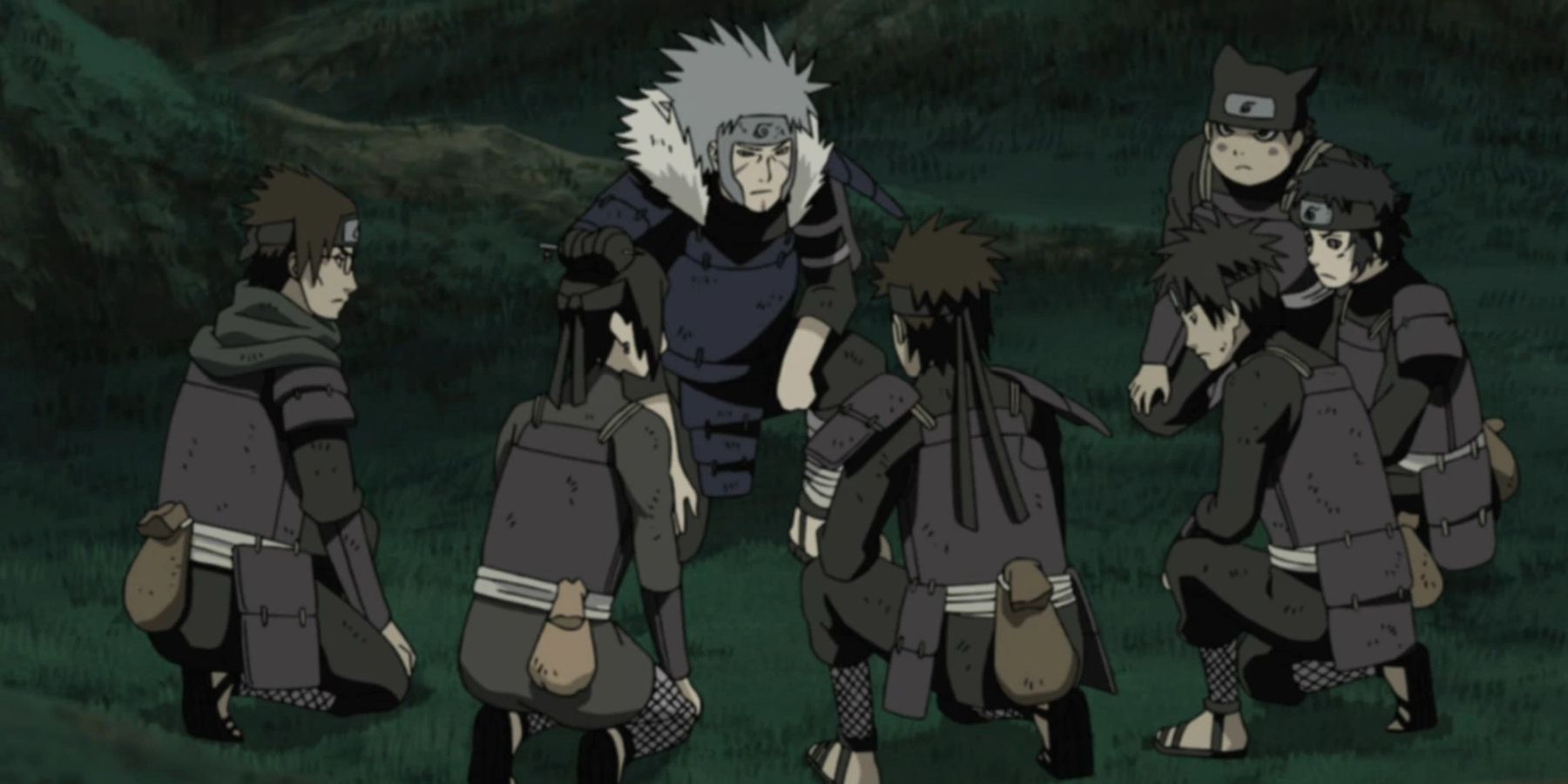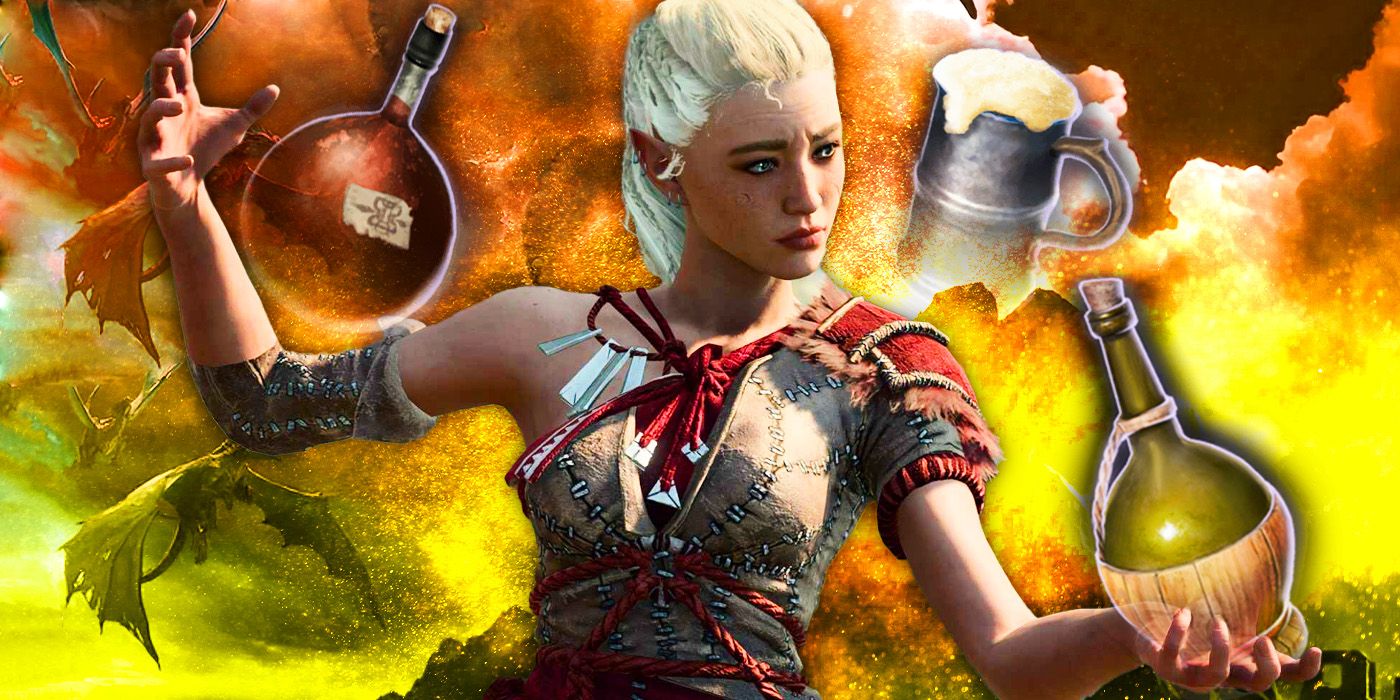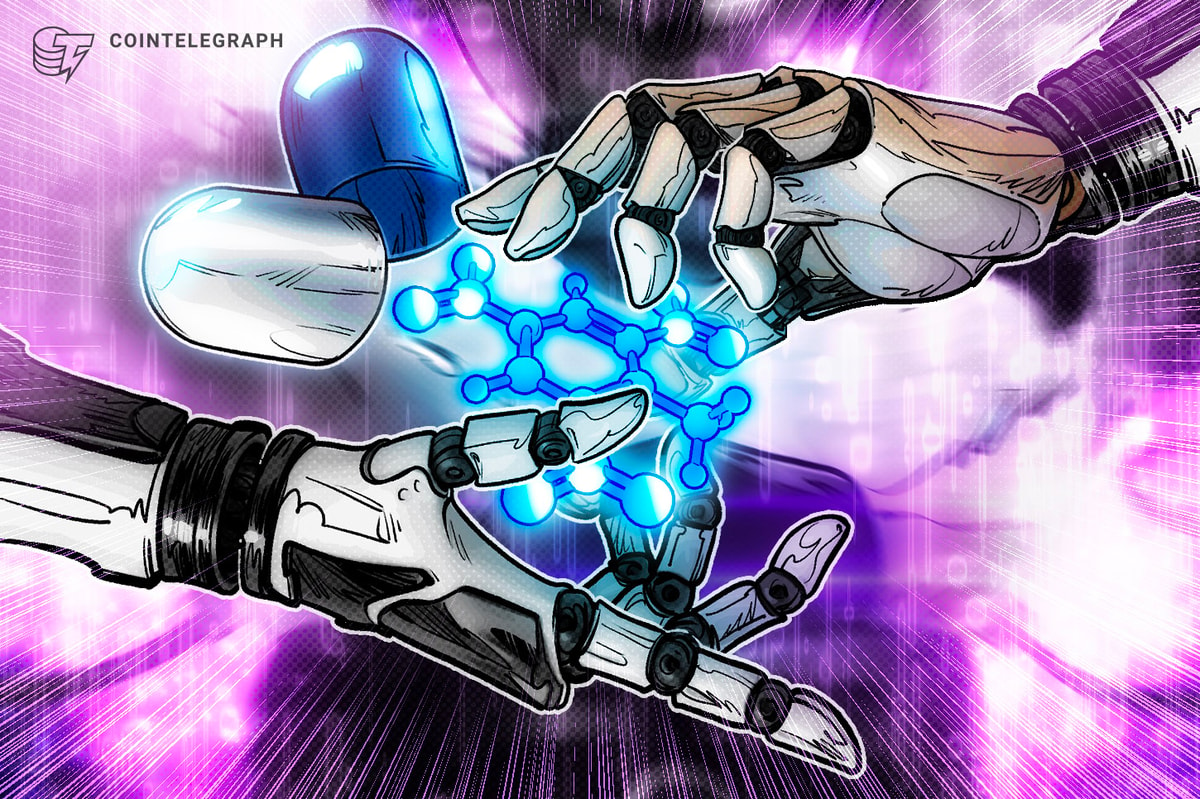In Naruto, clan and family are often seen as being fundamental influences on whether a shinobi will become powerful and successful. Both play important roles in shaping a shinobi’s identity, social status, and abilities. Much of this influence comes from the traditional characteristics of sharing a common heritage. Indeed, powerful abilities – like the Hyuga clan’s Byakugan – are passed down through bloodlines. Additionally, other aspects of the influence stem from established political and social clout. The Uchiha clan, for instance, held control of Konoha's security force for decades.
However, a third, less frequently discussed but equally important influence on a ninja’s greatness is their teacher – the mentor who guides them in mastering their unique abilities. Indeed, few, if any, of the greatest shinobi in the Narutoverse would have achieved their esteemed status without the guidance of a skilled teacher or mentor guiding them along their path to enlightenment. This theme is highlighted often in the series, which presents many memorable bonds between students and teachers.
The Key Teacher-Student Links In Naruto
In Konoha, A Good Teacher Can Be The Difference Between Success And Failure
The role of clan and family in a shinobi’s life can be either surpassed or enhanced by an effective teacher. To be sure, throughout the history of Naruto, great teachers have proven themselves to be just as significant in shaping a shinobi’s identity, abilities, and social status as family and clan. This is particularly evident in Konoha, where a skilled mentor can make all the difference in determining who will become the Hokage – the village's most esteemed and powerful shinobi.
While family and clan influences have played a significant role in determining who becomes Konoha’s Hokage, the impact of the teacher-student dynamic on some candidates' success cannot be overlooked. For example, Hiruzen Sarutobi was not directly related to any previous Hokage, yet he was a student of Tobirama Senju, the Second Hokage. What he learned through that relationship helped him refine his jutsu and gain a deep understanding of “how village life” operated — two foundational skills that not only made him a strong candidate for Hokage but also served him well once he assumed the position.

Similarly, Naruto’s father, Minato Namikaze — the Fourth Hokage — was not related to any previous leaders. His rise to the position is widely regarded as a result of his intelligence, bravery, and exceptional skills. Minato is often seen as a true example of Konoha’s meritocracy. Of course, Minato didn’t achieve his level of skill on his own; his teacher was none other than Jiraiya — one of the legendary Sannin—who played a crucial role in his development, including helping him develop into a strategic thinker and focused leader.
Then there’s the Sixth Hokage, Kakashi Hatake. While Kakashi was the son of a respected shinobi, he had no blood connection to any previous Hokage. Like Minato, who was his teacher and mentor, Kakashi earned the position of Hokage purely on merit. To be sure, drawing influences from his own experiences, Minato helped the initially shy and reserved Kakashi become one of the top students in his class, allowing him to quickly rise through the village’s shinobi ranks.
While clan or bloodline benefits can provide a strong foundation, helping a student succeed requires a more nuanced approach than simply unlocking and strengthening their innate abilities. Effective teachers instill "outside-the-box" thinking in their students, fostering creative problem-solving and adaptability. Jiraiya exemplified this approach by emphasizing flexibility and innovative thinking, which enabled Minato to develop the mindset and discipline necessary to create his signature Rasengan technique.
The Teacher-Student Bond Is One Of The Most Important Themes In Naruto
The Protagonist's Story Makes This Clear
In Naruto, effective teachers go beyond imparting jutsu and combat skills. They play a vital role in helping students unlock and refine their innate abilities and acquired skills. This is achieved through personalized training, similar to the tailored instruction provided by families or clans for mastering unique techniques. Furthermore, experienced teachers offer critical guidance on navigating Konoha's complex social and political landscape, coping with emotional challenges, and serving as positive role models for students to emulate, much like the way an elder family or clan member provides guidance to the next generation.
While the success and greatness of a shinobi in Naruto are often influenced by family lineage and clan membership, teaching bonds also play a crucial role in a shinobi's career. In some cases, these bonds even allow an individual to surpass the advantages of family or clan-based benefits that other shinobi may possess. Teachers can pass on skills, life philosophies, problem-solving strategies, and a vision of what a competent shinobi should be, much like how a parent guides their child.
Naruto himself is a great, even if controversial, example of this dynamic. He is the son of the Fourth Hokage and an heir of the powerful (even if almost extinct) Uzumaki clan. However, this alone didn't help him become the savior of the shinobi world. It's the bonds he forged with his teachers, Iruka, Kakashi, and Jiraiya, that led Naruto through the joys and sorrows of his life, letting him reach his full potential. It's a powerful message that Naruto author Masashi Kishimoto wanted to impart through his work.
Your changes have been saved

Naruto
Naruto is a franchise spawned from the manga series penned by Masashi Kishimoto that began in 1999. Generating several tv series, games, movies, and more, Naruto follows the exploits of a young outcast ninja harboring the spirit of a demon fox who seeks to become the Hokage, the leader of his ninja village, to break the stigma against him. Upon the conclusion of the initial series, Naruto expanded into Boruto, following many series protagonists' children and returning faces.









 English (US) ·
English (US) ·